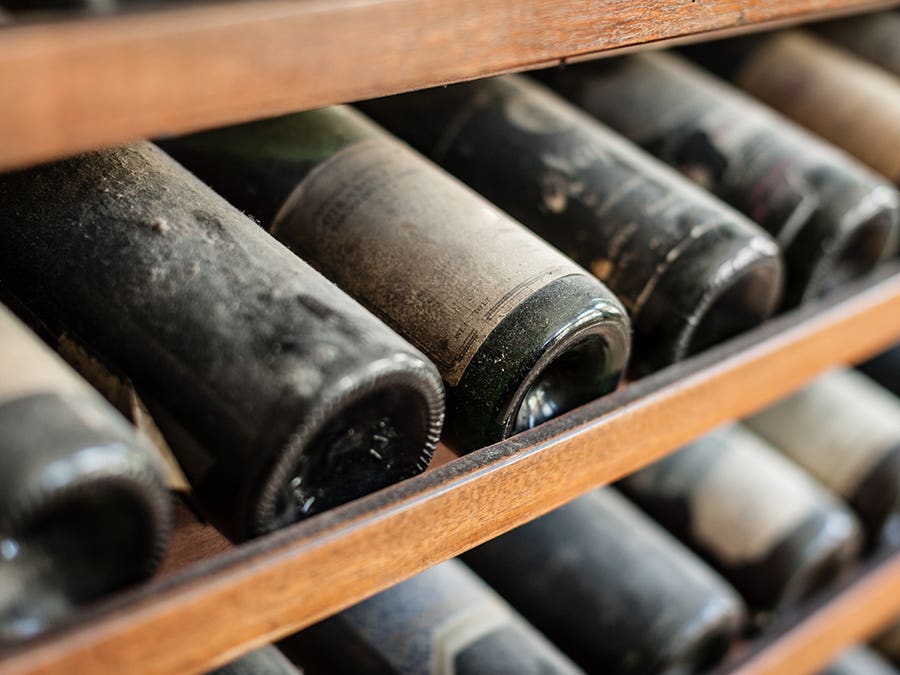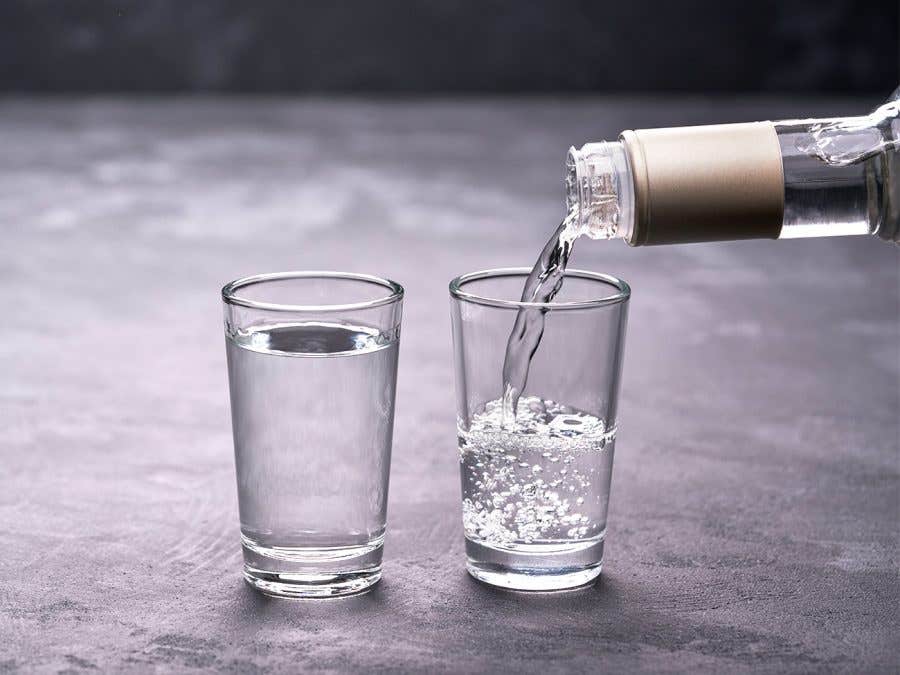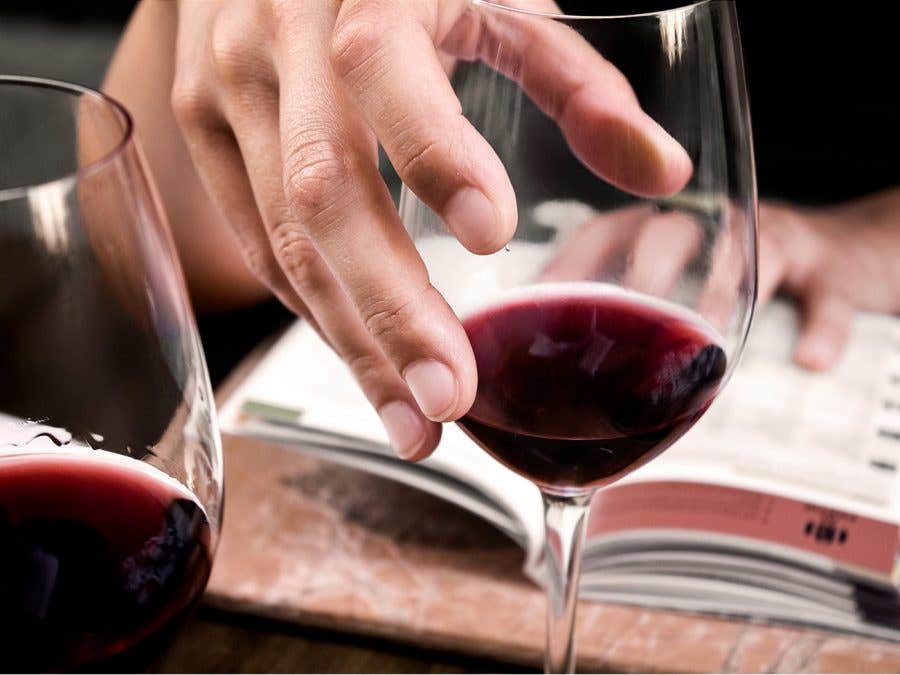“Aging well means staying young longer.”
Denis Dubourdieu, a Bordeaux oenologist
Are you a fan of aged wines? Appreciating old wines is not intuitive, but an acquired taste. Also, aged wine is a relative term—it’s hard to talk about an old wine without first defining what you consider to be young! In this there is no simple rule. Every wine is unique and evolves in its own way. A light, unassuming red wine might be “aged” after five years, while a great, 40-year-old bottle of Bordeaux could still be considered in its youth!
How does wine transform during aging?
When aged, white wines become golden coloured, their acidity decreases and they develop notes of cooked apple and dried fruit, with accents of hazelnut and sometimes even of rancio. With the acidity reduced the wine takes on a fatter texture, more fleshy, with a significant length in the mouth. This acidity acts as a kind of backbone during the aging process, ensuring the wine ages well.
For reds, the colour changes in the opposite direction, becoming more orange, terracotta (like the roofs of the houses in Tuscany) or brick. Their bouquets become more complex, the maturation adding more evolved notes to their aromatic profile. In terms of structure, while acidity is just as important to red wines, it is the tannins that play a more important role in terms of whether the wine will age well. Tannins are responsible for that dry feeling in the mouth when tasting, also called astringency. They play a role as a preservative, but fade over time, and along with the wine’s natural pigments, they are responsible for the sediment found at the bottom of bottles of aged wine.
Related Posts
-
Read more
Its versatility has made it one of the most popular spirits in the world. Vodka lovers, learn more about its origins, traditions, and possible food and drink pairings.
-
Read more
Start the new year on the right foot with our Top 20 wines taken from four wine guides written by your favourite contributors. Whatever your taste, budget, or occasion, we have a wine for you!
-
Read more
Pop the bubbly and discover the perfect pairings for each taste tag!
 Access to SAQ Inspire personalized services and store inventories are unavailable at the moment.
Access to SAQ Inspire personalized services and store inventories are unavailable at the moment. Free in-store delivery with purchases of $75+ in an estimated 3 to 5 business days.
Free in-store delivery with purchases of $75+ in an estimated 3 to 5 business days. 













